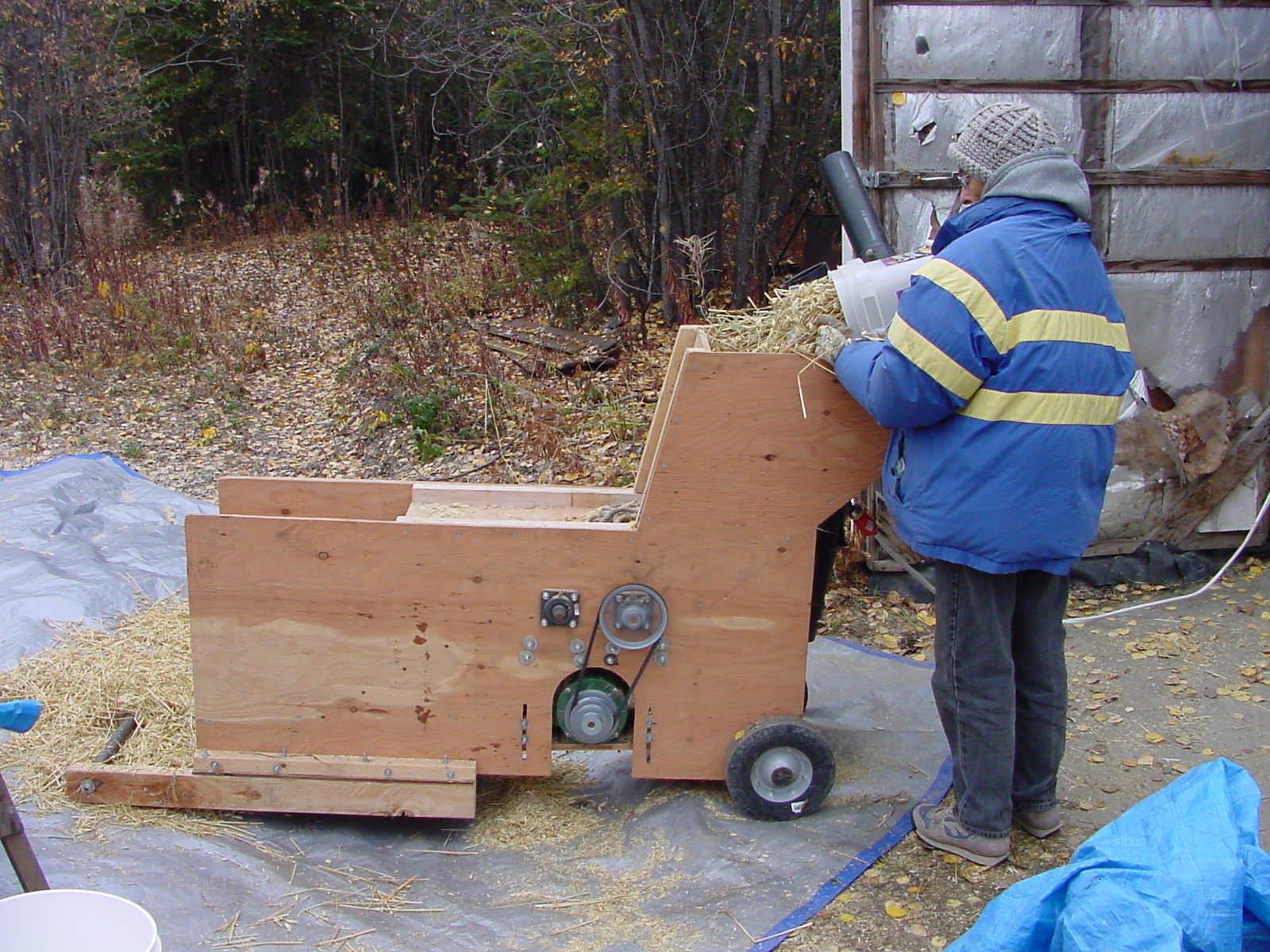It is Planting Time – Part 2, by L.R.
PART 2 In Part 1, my goal was to share with you the value in raising a home vegetable garden, especially if you consider food resupply in a grid down situation. Hopefully, I encouraged you to seriously think about raising your own food and to get started with learning valuable gardening skills. I also wanted you to be realistic in meeting your gardening goals and not to expect perfection especially with your first gardening efforts. In Part 2, I’d like to share some perspective on what vegetables you may want to plant and consider options on how to preserve your …














